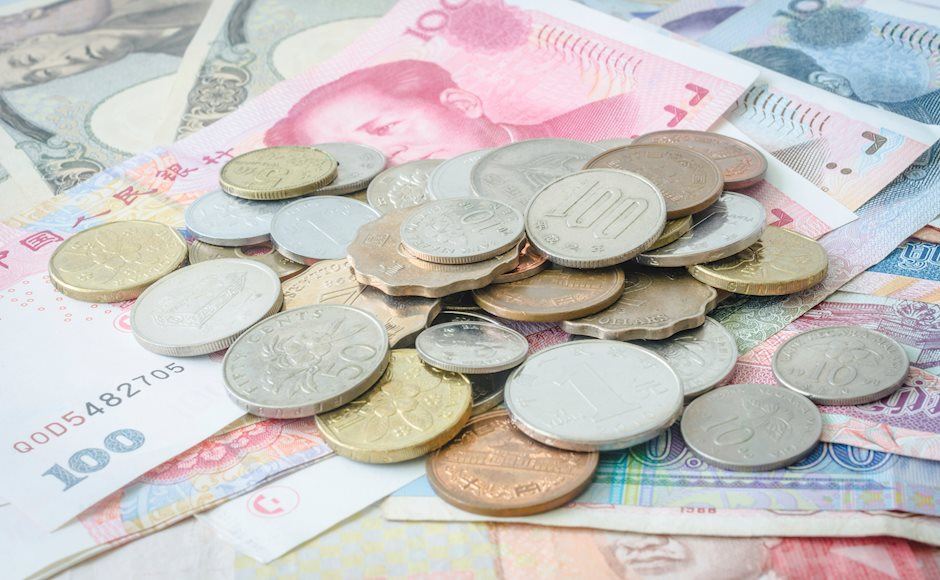Relentless Dollar rally continues as yields top 1.6%

Investors have a voracious appetite for U.S. dollars this month as the Dollar Index climbed to its strongest level in 4 months. Over the weekend, the Senate passed a $1.9 trillion stimulus bill which is expected to pass the House tomorrow and signed by President Biden before the end of the week. The passage of this bill has been eagerly awaited and now that it is pretty much a done deal, investors are starting to think about how stimulus checks will be spent.
The $600 stimulus checks sent out at the very end of last year saved January retail sales. This time, qualified individuals and families will receive a one time check of $1,400, more than double the last payment. The criteria narrowed but according to the White House, approximately 98% of the people who received the prior payment will receive the new one. This is in addition to extended unemployment benefits and larger child tax credits. All of the pent up demand combined with expanding vaccine rollout and the CDC saying its safe for vaccinated people to gather indoors, the economy could receive an even stronger boost from this round of stimulus.
U.S. stocks and the U.S. dollar soared in response with the Dow Jones Industrial Average rising more than 300 points. Ten year Treasury yields also rose above 1.6% intraday, a level we’ve said is consistent with USD/JPY above 109. The U.S. dollar should hold onto its gains with consumer prices scheduled for release on Wednesday. Yields surged this year on concerns about rising price pressures. With oil and gas prices soaring in February, consumer price growth could beat the market’s 0.3% forecast and if it does, the U.S. dollar could climb to new highs.
In light of that, EUR/USD is one of the most vulnerable currencies this week. Aside from ongoing demand for U.S. dollars, dovishness from the European Central Bank could drive the pair to fresh 4 month lows. EUR/USD kicked off the week with more weakness, falling for the sixth out of seven trading days. An unexpected drop in German industrial production contributed to the move but it was the broader factors in this week’s trade that extended the pair’s losses. Between slow vaccine rollout, lengthy lockdowns and rising yields, the ECB has plenty to worry about. At this stage, there’s no doubt that the Eurozone will lag the US recovery especially given the overall strength of the currency. Watch for more weakness in EUR/USD – the next major support levels are 1.18 followed by 1.16.
Although sterling also succumbed to U.S. dollar weakness, its losses were moderate in comparison. There are less market moving U.K. data this week so sterling will most likely trade on the market’s appetite for U.S. dollars and euro. The same is true for the Australian and New Zealand dollars.
The Canadian dollar on the other hand continues to rival the greenback in attractiveness. Despite a 2% drop in oil prices and an upcoming rate decision, USD/CAD saw only modest losses. The Bank of Canada is widely expected to keep policy unchanged but a strong currency combined with rising yields could be a problem for the central bank. Vaccine rollout has also been exceedingly slow which delays the recovery. Data hasn’t been terrible – GDP growth beat expectations in the fourth quarter and Friday’s jobs report should show robust hiring but that may not be enough for the BoC to favor optimism over caution.
Author

Kathy Lien
BKTraders and Prop Traders Edge

















